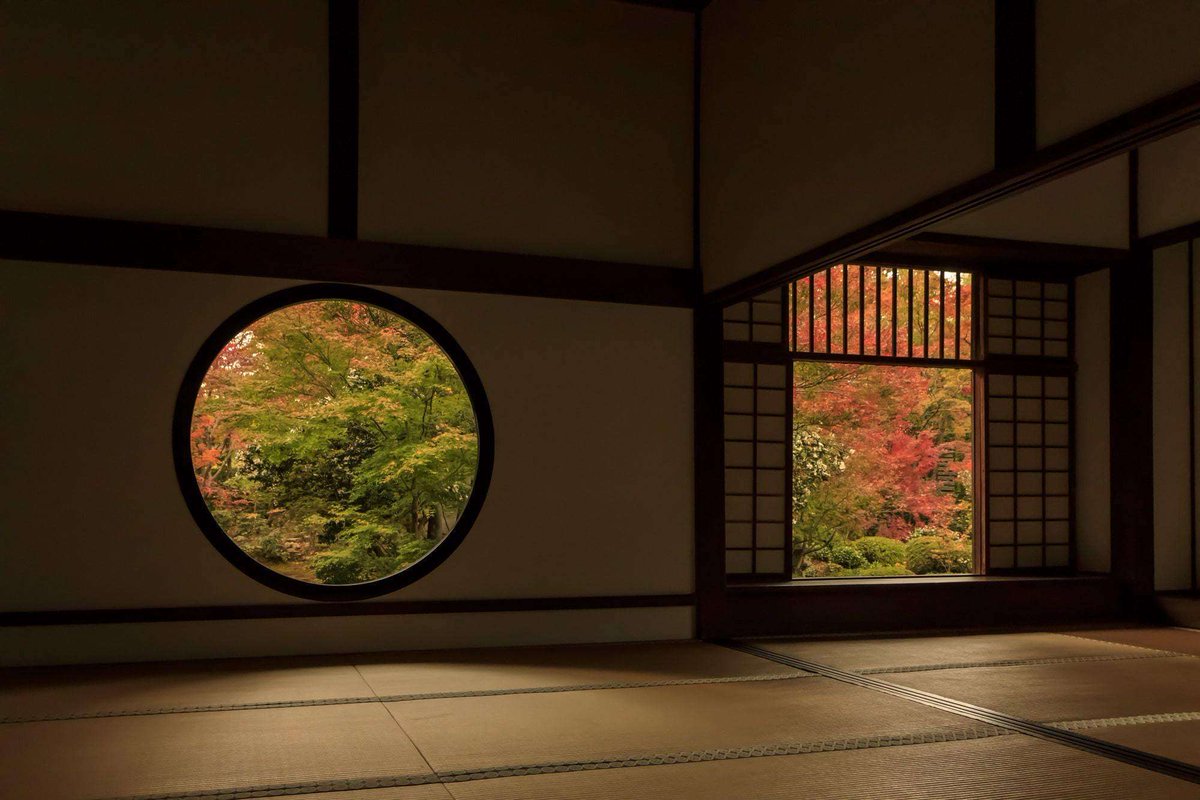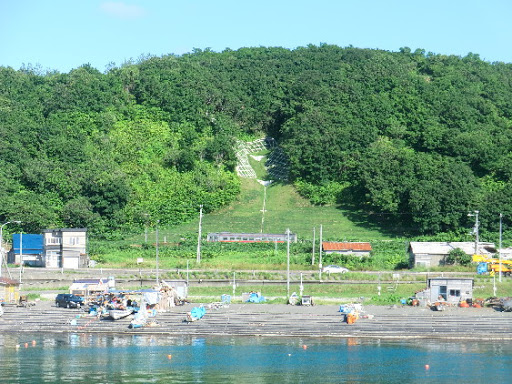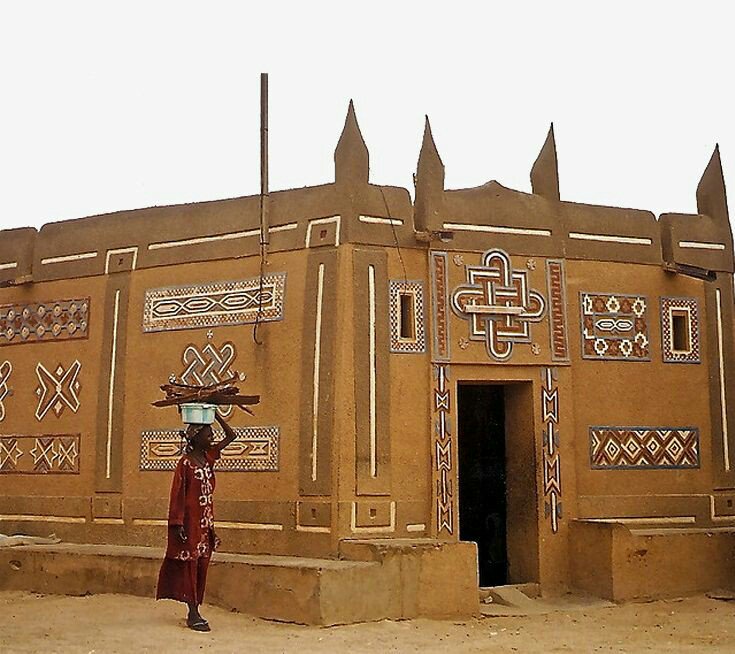
Earthen plaster is modernity proof. The techniques, the tools, and the materials, all have remained virtually unchanged for hundreds of years. From hillside and field to wall and castle, and eventually return to the same soil it came from. Only the human hand is needed. 

The material breathes, won't trap moisture (the bane of modern construction materials), itself toxin free it will even help clean the indoor air of your home. 

To master it takes a lifetime but anyone can make a decent enough job, anyone can help, anyone can participate. It is safe to the skin, the tools won't hurt you, and you could lick the walls without even getting a tummy ache. 



The necessary tools are all handed down from generation to generation of craftsmen. They can be made from scratch or repaired in any village smithy. True artifacts: buy once, never buy again. Weight, balance, material, size, all perfectly human scaled to fit a user of any age. 



Unlike modern energy intensive drywall or toxic paints and glues, earth plasters are infinitely recyclable, after a century of use or when repairs are needed, just knock it down, crush it up and add water. 

When earth plaster is subjected to fire, it just turns to brick. No noxious fumes that kill you before the fire is even hot enough to wake you up. 



So what will it be? Will you keep living in a flammable cocoon of toxic materials, beholden to the industrial complex and the whims of usurious banks, or will you participate in life and freedom? 

• • •
Missing some Tweet in this thread? You can try to
force a refresh




























